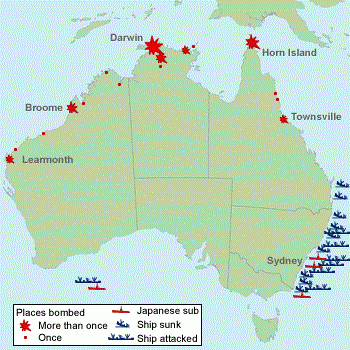G
guest0001
Guest
On February 19th, 1942, war came to Australia when the northern Australian port of Darwin was attacked by wave after wave of Japanese aircraft.
The Japanese were actively engaged in expansionist operations in Java and the port of Darwin was seen as a potential base from which Allied actions could be launched against them.
Two separate raids were launched during the course of the day.
The port was lightly defended and the defenders were caught off-guard.
Some eleven ships at anchor were sent to the bottom and many buildings were destroyed.
There were approximately 300 fatalities.
Thereafter, Australia was on high alert for follow-up raids and even for the threat of invasion from the north.
Thankfully, it never happened.

The Japanese were actively engaged in expansionist operations in Java and the port of Darwin was seen as a potential base from which Allied actions could be launched against them.
Two separate raids were launched during the course of the day.
The port was lightly defended and the defenders were caught off-guard.
Some eleven ships at anchor were sent to the bottom and many buildings were destroyed.
There were approximately 300 fatalities.
Thereafter, Australia was on high alert for follow-up raids and even for the threat of invasion from the north.
Thankfully, it never happened.











